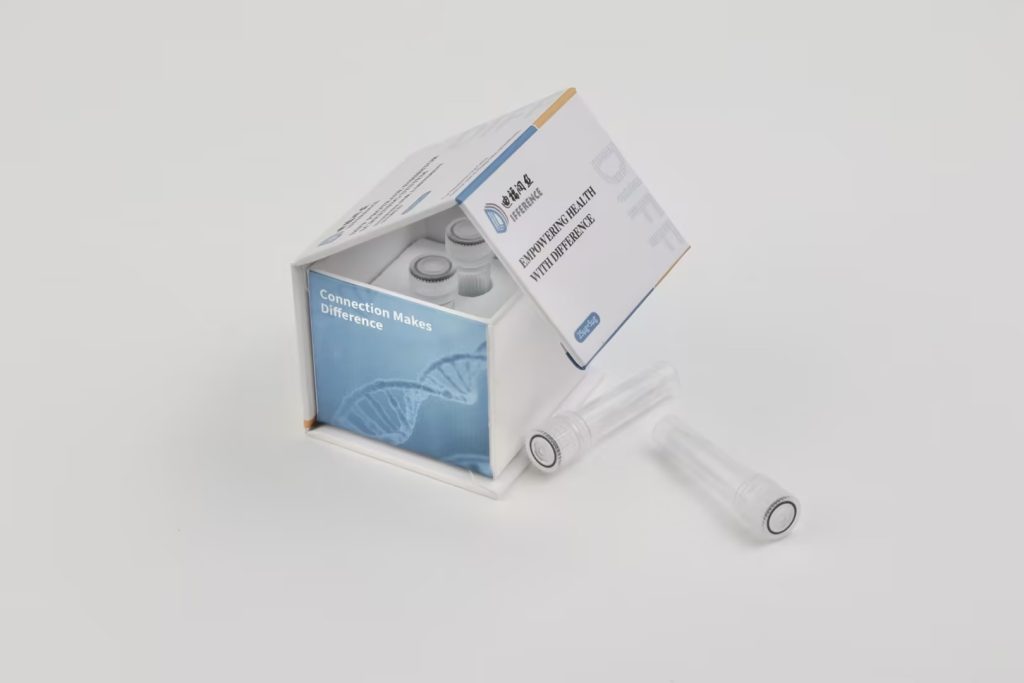The five commonly used protease inhibitor testing methods include but are not limited to the following, which are widely used in biochemical and molecular biology research to evaluate the efficacy and specificity of protease inhibitors:
1. Enzyme catalyzed reaction inhibition experiment
Principle: Evaluate the effectiveness of inhibitors by measuring the catalytic activity changes of proteases in the presence of inhibitors. Usually, specific substrates are used to react with proteases, and the difference in reaction rate before and after the addition of inhibitors is observed.
Steps:
Prepare protease solution and substrate solution.
Measure the hydrolysis rate of substrate by protease under non inhibitor conditions.
Add protease inhibitors of different concentrations and measure the hydrolysis rate again.
Compare the changes in hydrolysis rate before and after adding inhibitors, and calculate the inhibition rate.
2. Western blotting analysis
Principle: Using specific antibodies to detect the expression level and phosphorylation status of specific proteins in protein samples, thereby indirectly evaluating the effect of protease inhibitors on protein degradation or phosphorylation processes.
Steps:
Collect cell or tissue samples treated with protease inhibitors.
Extract proteins and perform SDS-PAGE electrophoresis separation.
Transfer the protein onto a PVDF membrane.
Use specific antibodies for immune testing to observe the expression and phosphorylation status changes of target proteins.
3. Real time fluorescence quantitative PCR (qPCR)
Principle: Evaluate the effect of protease inhibitors on gene expression, especially those genes related to protease degradation pathways, by detecting changes in mRNA levels.
Steps:
Extract RNA from cells or tissues treated with protease inhibitors.
Reverse transcribe RNA into cDNA.
Design specific primers and use qPCR technology to detect the expression level of target genes.
4. Cell toxicity experiment
Principle: By evaluating the effect of protease inhibitors on cell survival rate or proliferation ability, the inhibitory effect of inhibitors on protease activity can be indirectly reflected.
Steps:
Use cell proliferation/survival assay methods such as MTT and CCK-8.
Co culture cells with different concentrations of protease inhibitors.
Measure cell survival rate or proliferation ability, and compare the changes in cell activity under different concentrations of inhibitor treatment.
5. Flow cytometry analysis
Principle: Use flow cytometry to perform multi parameter quantitative analysis on individual cells and evaluate the effects of protease inhibitors on biological processes such as cell cycle and apoptosis.
Steps:
Collect cells treated with protease inhibitors.
Stain cells with fluorescently labeled antibodies to label specific cell surface molecules or intracellular components.
Use flow cytometry to sort and analyze cells, observe changes in cell cycle, apoptosis rate, and other indicators.
These experimental methods each have their own advantages and disadvantages, and are suitable for different research purposes and experimental conditions. In practical applications, researchers should choose appropriate experimental methods based on specific needs and conduct comprehensive analysis by combining multiple technical means to obtain more accurate and comprehensive experimental results.
Share on:
Facebook
Twitter
Pinterest
WhatsApp
Recent posts
We recommend


